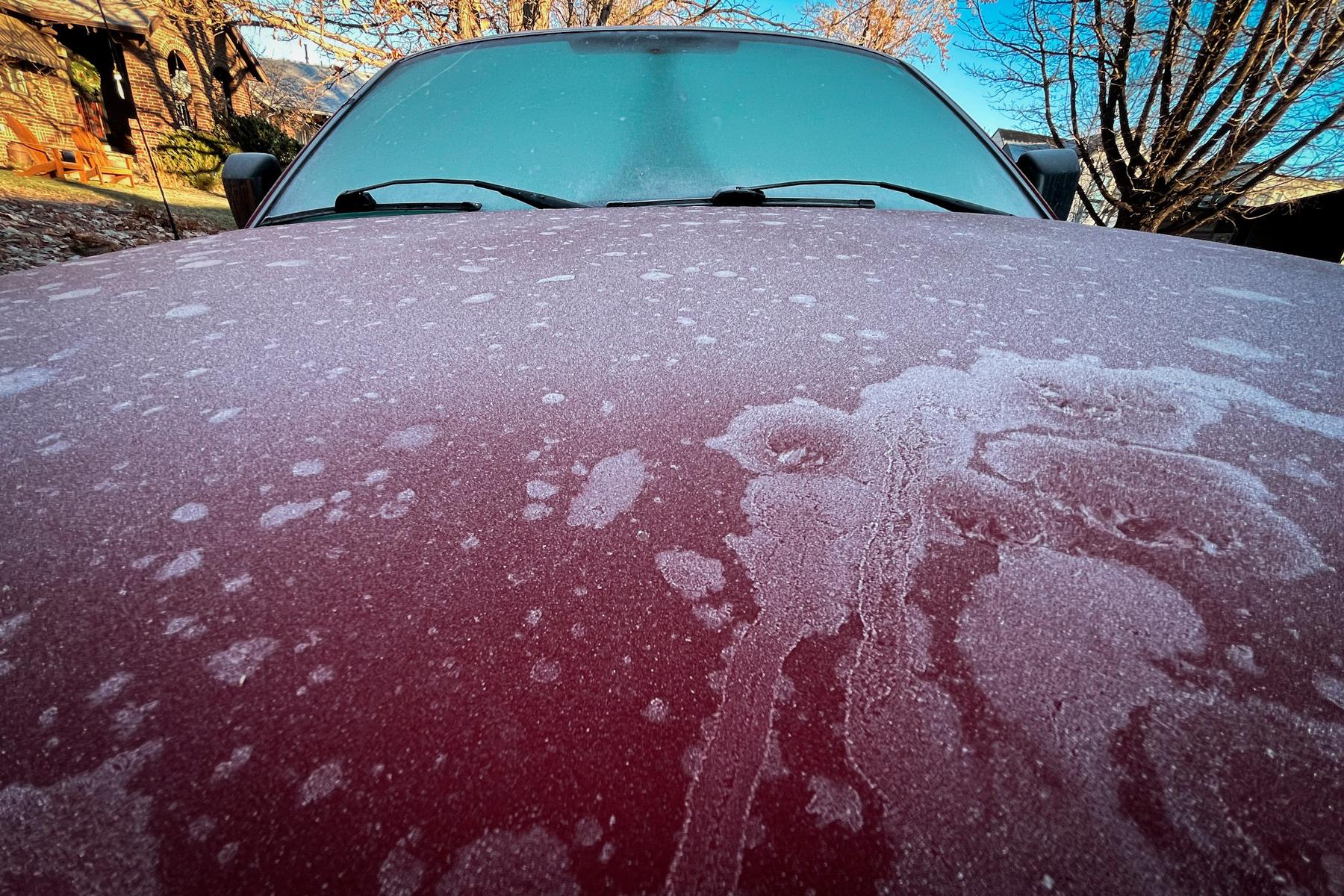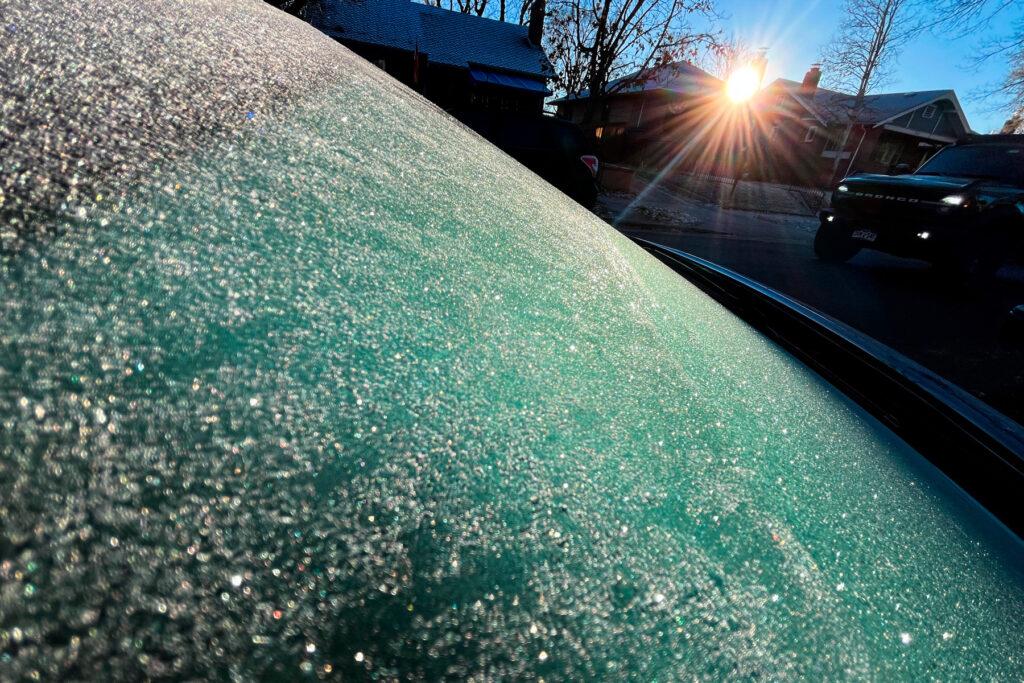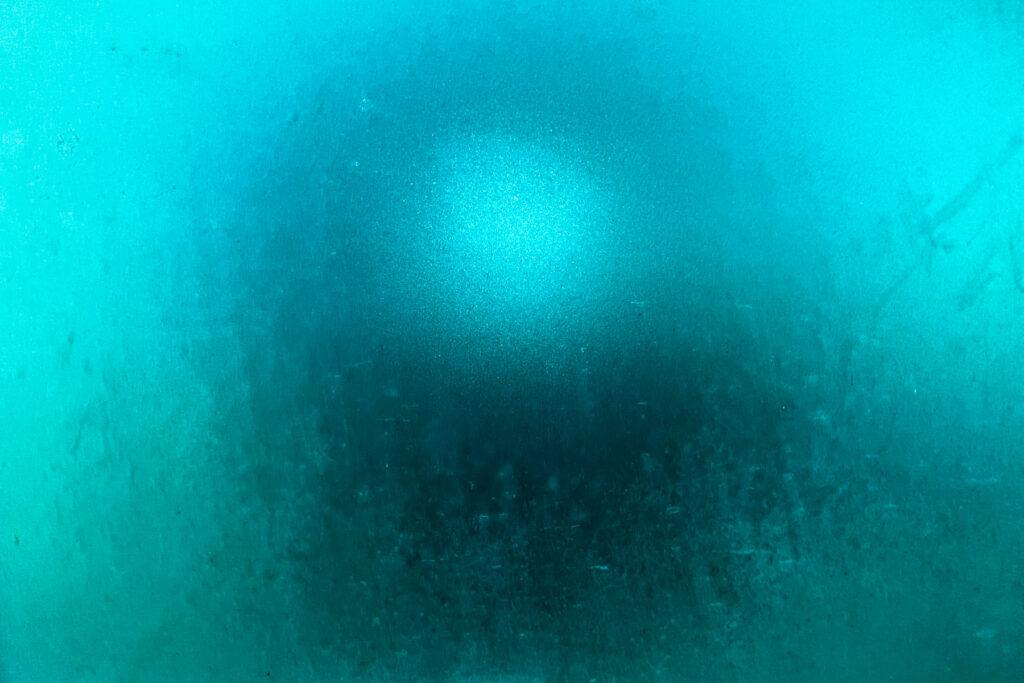
Adam Sher of Boulder was leaving his house recently when the sight of his son’s car caught his attention.
“It was covered with frost. But it hadn't rained that night, it hadn't snowed, and the ground was dry,” Sher recalled recently. “It’s just something that we take for granted. But I wonder, why is the frost attracted to cars like that?”
Windshield ice is a perennial winter annoyance for outdoor parkers in Colorado — the slick overnight coating that must be scraped, scraped, scraped away before it’s safe to drive off.
But as Sher also noted, frost is inconsistent, forming some winter nights and not others, as anyone who has forgotten to check their windows in the morning and ended up running late to school or work has sadly discovered.
The secret culprit here is the ‘dew point.’ That’s the temperature at which water vapor in the atmosphere starts turning back into liquid, or, when things are cold enough, ice. It’s a moving target though, shifting around depending on humidity and pressure, which is why it can be hard to predict which nights will be icy and which won’t.
“There's always water vapor in the atmosphere,” explains National Weather Service meteorologist Frank Cooper. “It's just a matter of how much, and if we can get cold enough to reach that saturation point.”

The drier the air, the colder the temperature has to get for that water vapor to condense. Things like wind can also disrupt frost formation, too.
As for why you might see ice on your car when the ground is dry, blame the car. Once the sun has set, all that metal and glass cools down faster than concrete or earth, encouraging more of the nearby water vapor to crystalize into ice.
In places with more humidity, that freezing water vapor can easily go from hassle to hazard.

Denver7 meteorologist Mike Nelson used to do forecasting for the Iowa Department of Transportation, trying to predict which nights plow drivers should go out and salt the roads to keep them from icing up.
“It was tricky, because you had to look at the dew points, you had to look at the winds, you had to look at what the temperatures would do,” Nelson recalled. “And if they put all that salt out there and the temperature never dropped below 33 (degrees), they weren't very happy about that.”
“But if you didn't call it and people crashed, then they were really unhappy, ” he added.
For individuals, ice prevention is a lot easier. There are products you can spray on your car windows to ward off ice. But Nelson advocates for an even lower-tech approach.
“You can put a blanket, or a towel or something… over the front windshield,” he said. ”And then when you come out, just pull that off. You (won’t) have any ice.”








